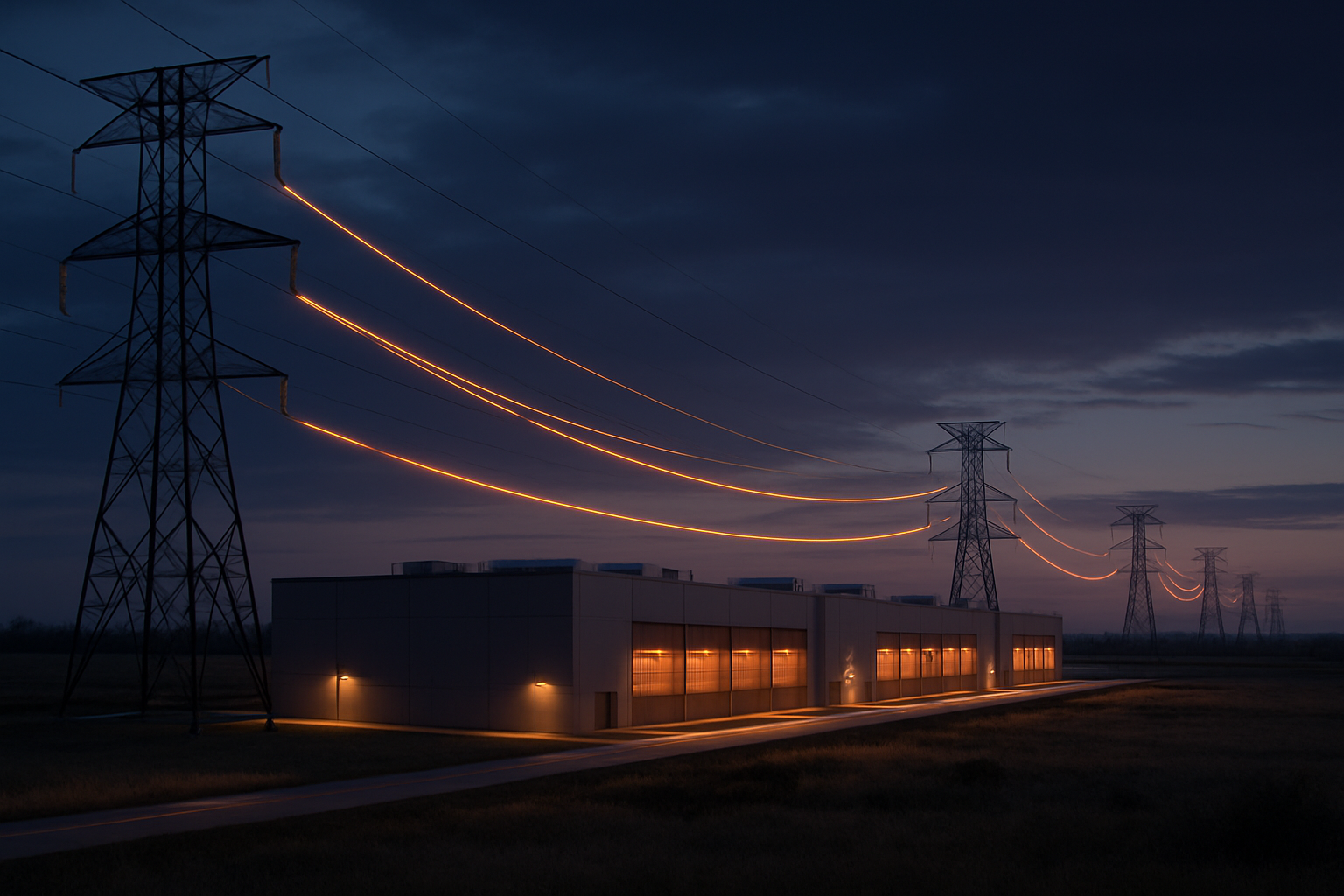Donald Trump wants to juice up America's AI ambitions—literally.
In a move that's gotten surprisingly little attention (probably because it lacks the drama of courtroom appearances or rally soundbites), the Trump administration just announced plans to fast-track how quickly massive data centers can hook into the electrical grid.
It's not exactly campaign-trail material. But for tech companies racing to build AI infrastructure, it might be the most consequential tech policy shift we've seen this year.
Here's the problem: Companies like Microsoft and Google have been quietly freaking out behind the scenes as their grand plans for AI dominance slam into a decidedly low-tech roadblock—they can't get enough electricity, fast enough, to power their ambitions.
I've spoken with executives at three major cloud providers over the past year, and they all describe the same nightmare scenario. They've got billions earmarked for new AI infrastructure but find themselves stuck in utility company purgatory, waiting months or even years just to get approval to connect to the grid. One compared it to "building Formula 1 cars but being told you can only fuel them with an eyedropper."
The mismatch is staggering. Modern hyperscale data centers—those massive, windowless buildings humming away in rural Virginia or central Washington—now consume as much electricity as small cities. We're talking 100+ megawatts per facility. That's enough to power roughly 80,000 homes! And with generative AI's voracious appetite for computing power, those numbers are only climbing.
What makes this particularly interesting is how it exposes a fundamental clash in American industrial timescales. Tech companies operate at software speed—deploy, iterate, scale, repeat. The electrical grid? It moves with all the urgency of, well, a regulated utility. Planning horizons stretch for years; approvals take months; construction unfolds in quarters.
The administration's fix sounds straightforward enough. They're directing the Department of Energy to create a "fast lane" approval process for data centers needing more than 50 megawatts of power, with mandatory timelines for utilities to respond.
Now, having covered infrastructure policy (admittedly the least glamorous beat in journalism) since 2018, I've learned to be skeptical of "streamlining" initiatives. They often amount to splashy press releases followed by... crickets.
But this one feels different.
For one thing, it's created the strangest of political bedfellows. Tech giants—not exactly Trump's most vocal supporters—are privately cheering the move. Meanwhile, some environmental groups (stay with me here) see potential upside if these accelerated projects pair with renewable energy development.
"It's probably the first Trump policy I haven't immediately hated," one Sierra Club staffer told me, requesting anonymity because, well, politics.
The financial stakes are enormous. Microsoft alone has warned investors about massive capital expenditures coming down the pike for AI infrastructure. Google parent Alphabet and Amazon are in similar boats—all three locked in an arms race for AI supremacy that requires physical infrastructure.
But there's a catch. (There's always a catch.)
Fast-tracking grid connections doesn't actually create more electricity. The constraints on our electrical grid are real—decades of underinvestment coupled with skyrocketing demand. Prioritizing data centers might just mean other businesses wait longer in line. It's robbing Peter to power ChatGPT, if you will.
And electricity isn't even the only resource constraint. These facilities use staggering amounts of water for cooling—millions of gallons daily. That's creating serious tension in drought-prone regions like Arizona and Nevada, where some of the biggest data center clusters are expanding.
I visited one such facility outside Phoenix last year. The contrast was jarring—a gleaming temple of technology surrounded by desert, with water tankers arriving like clockwork. The facility manager proudly showed me their cooling efficiency metrics, but all I could think about were the nearby communities facing water restrictions.
That said, for investors paying attention, there are interesting plays here. Data center REITs like Digital Realty Trust and Equinix could see accelerated growth timelines. Utility companies serving tech-heavy regions might lock in predictable demand from premium customers. And AI infrastructure companies could move from planning to deployment faster.
Look, infrastructure isn't sexy. Nobody's stopping you at parties to talk about electrical grid interconnection policies. But sometimes the most consequential changes happen in the boring spaces between headlines.
This might just be one of those times. Or it might be another policy announcement that evaporates upon contact with bureaucratic reality.
Either way, when the history of America's AI development is written, we might look back at this unglamorous grid policy as the moment that either accelerated our digital future—or demonstrated how unprepared our physical infrastructure was to support it.
